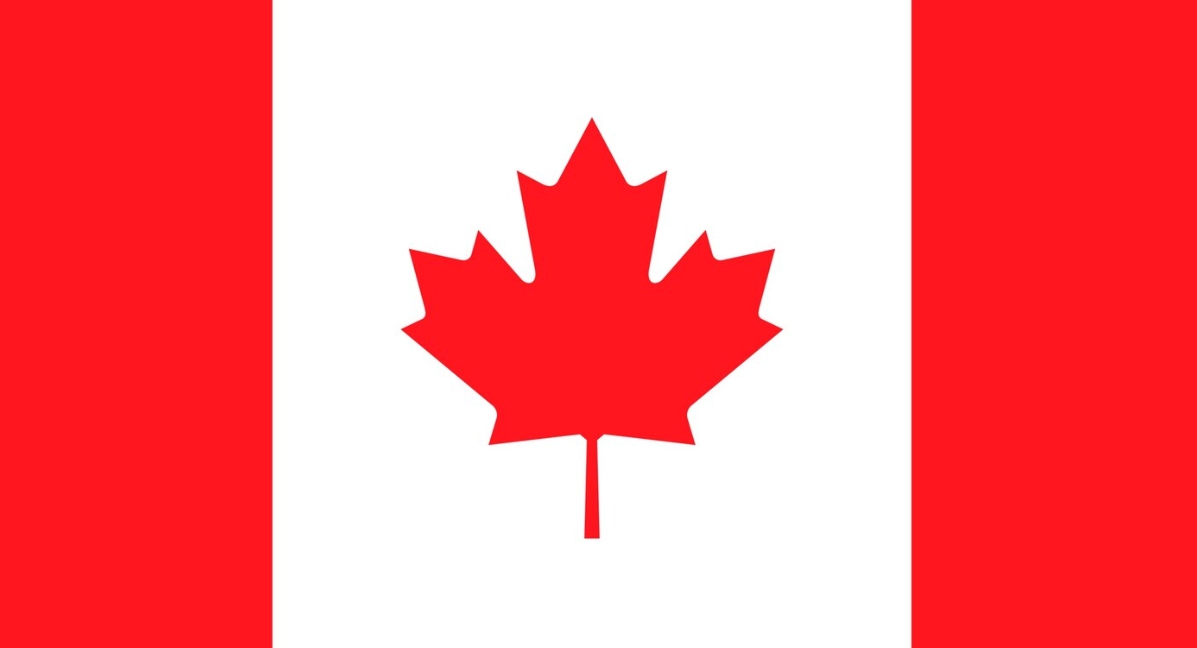Canada offers international students an academic experience that’s hard to beat. Academic excellence, affordability, work opportunities during and after study, pathway to permanent residence, and a safe environment are some reasons why Canada ranks among the top ten destinations for students studying abroad. With affordable tuition, quality institutions, the ability to work while studying, post-study work and immigration options, and welcoming people, it’s no surprise that Canada remains a premier destination, attracting over 300,000 new international students annually.




Canada is one of the most sought-after destinations for international students—and for good reason. With its top-ranked universities, multicultural environment, and student-friendly immigration policies, Canada offers not only academic excellence but also a welcoming and safe experience for learners from all over the world.
Canada offers international students an academic experience that is very hard to beat. Academic excellence, affordability, work opportunities during and post-study, pathway to permanent residence, and a safe living environment are just some of the reasons why Canada is ranked amongst the top ten destinations for students looking to study abroad. With affordable tuition fees, quality institutions, flexibility to work during study, post-study work and immigration options, and welcoming people, it is no surprise that Canada is one of the premiere destinations for international students, drawing in over 300,000 new international students annually.
It offers not just education but a chance to build a future. Let Welhan Abroad Study guide you every step of the way—from your first consultation to your arrival in Canada and beyond.
Top-Ranked Institutions
Canadian universities and colleges are globally recognized for their academic excellence, research facilities, and practical learning approach. Whether you’re interested in Engineering, Business, Healthcare, or Arts, there’s a program for every ambition.
Multicultural and Safe Environment
Canada is known for its diversity and inclusivity. International students feel safe and welcomed in Canadian communities, making it easier to adapt and build lasting relationships.
Affordable Education & Cost of Living
Compared to countries like the US or UK, Canada offers a more affordable education with reasonable tuition fees and cost of living. Additionally, students can work up to 20 hours per week during semesters to support themselves financially.
High Quality of Life
Canada consistently ranks high in quality of life, healthcare, safety, and environmental sustainability. Cities like Toronto, Vancouver, and Montreal offer a great mix of academic, social, and professional opportunities.
Post-Study Opportunities in Canada
Canada offers excellent career prospects after graduation. Students who complete eligible programs can apply for a Post-Graduation Work Permit (PGWP), which allows them to stay and work in Canada for up to three years. This work experience is crucial when applying for permanent residency through programs like Express Entry, Canadian Experience Class (CEC), or various Provincial Nominee Programs (PNPs).
At Welhan Abroad Study, we provide complete support for your Canadian education journey:
University/course selection based on your career goals
Assistance with documentation, SOPs, and application process
Visa guidance and pre-departure support
Advice on scholarships, part-time work, and PGWP eligibility
To study in Canada, you generally need an offer letter from a Designated Learning Institution (DLI), proof of funds, a valid passport, English proficiency test scores (IELTS/TOEFL), and a Statement of Purpose. Our team at Wellhan Abroad Study will guide you through each step of the process.
Yes. International students are allowed to work up to 20 hours per week during academic sessions and full-time during scheduled breaks. This helps students manage their living expenses and gain valuable work experience.
The PGWP allows graduates of eligible Canadian programs to work in Canada for up to three years after completing their studies. This experience can be crucial for applying for permanent residency through Canada's immigration pathways.
Tuition fees vary depending on the program and institution but typically range from CAD 15,000 to CAD 35,000 per year. Living expenses vary by city but average around CAD 10,000 to CAD 15,000 per year. Scholarships may also be available.
At Welhan, we offer end-to-end support—from helping you choose the right course and institution to preparing your documents, submitting your visa application, and assisting with pre-departure guidance. Our expert consultants ensure a smooth and stress-free journey to Canada.